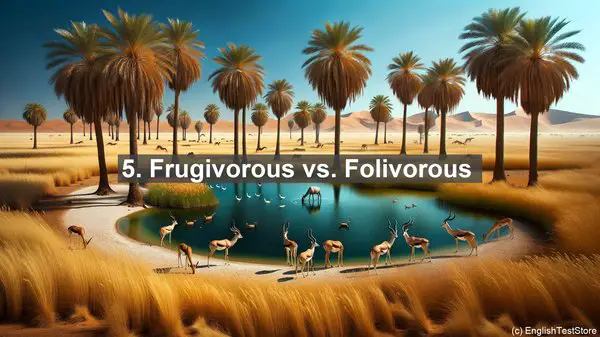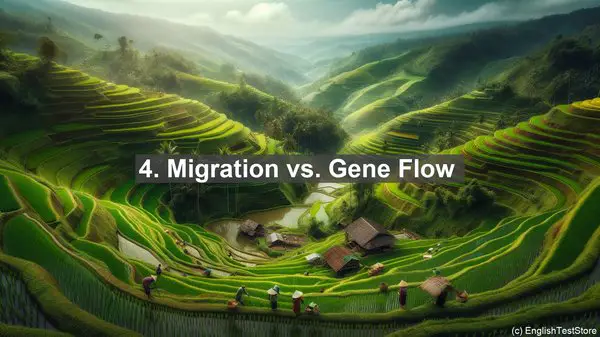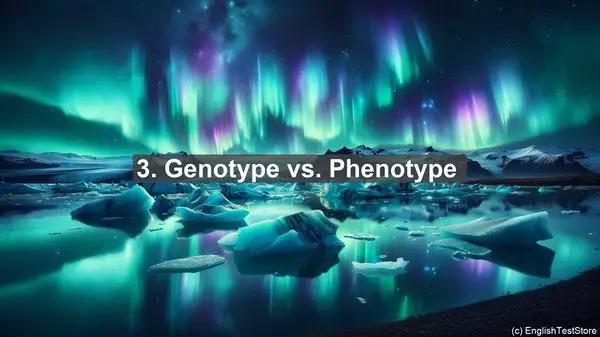Introduction
Welcome to today’s lesson. As students diving into the world of protease research, we often come across various terms that can be confusing. In this lesson, we’ll be discussing the top 10 commonly confused words in protease research. By the end of this lesson, you’ll have a clear understanding of these terms and how they differ from one another. So, let’s get started!
1. Protease vs. Protein
One of the most fundamental distinctions to grasp is the difference between a protease and a protein. While both are involved in the intricate world of molecular biology, a protease is an enzyme that breaks down proteins, whereas a protein is a biomolecule made up of amino acids. Understanding this distinction is crucial as it forms the basis of many research studies.
2. Active Site vs. Allosteric Site
When studying the structure of proteases, we often encounter terms like the active site and the allosteric site. The active site is the region of the enzyme where the substrate binds and the catalytic reaction occurs. On the other hand, the allosteric site is a separate site on the enzyme that, when bound by a molecule, can either enhance or inhibit the enzyme’s activity. These two sites play distinct roles in the functioning of a protease.
3. Inhibitor vs. Substrate
In the context of protease research, an inhibitor and a substrate are terms that are frequently used. An inhibitor is a molecule that binds to the enzyme, preventing it from carrying out its normal function. On the contrary, a substrate is the molecule upon which the enzyme acts, leading to a chemical transformation. Understanding the difference between these two is vital in designing experiments and developing potential therapeutic strategies.
4. Zymogen vs. Active Enzyme
Zymogen and active enzyme are terms often encountered when studying proteases. A zymogen, also known as a proenzyme, is an inactive precursor of an enzyme. It requires a specific cleavage event to become an active enzyme. This mechanism ensures that the enzyme’s activity is tightly regulated. Once the zymogen is cleaved, it transforms into an active enzyme, ready to carry out its function.

5. Homodimer vs. Heterodimer
Proteases can exist as homodimers or heterodimers. A homodimer is a protein complex composed of two identical subunits, whereas a heterodimer consists of two different subunits. This distinction in the composition of the protease complex can have significant implications on its structure, function, and regulation.

6. Endopeptidase vs. Exopeptidase
Endopeptidases and exopeptidases are two types of proteases that differ in their mode of action. An endopeptidase cleaves peptide bonds within the protein chain, resulting in the formation of smaller peptide fragments. In contrast, an exopeptidase cleaves the peptide bonds at the ends of the protein chain. Understanding these distinctions is crucial in studying protease-mediated protein degradation pathways.
7. Specificity vs. Selectivity
When discussing proteases, the terms specificity and selectivity often arise. Specificity refers to the ability of a protease to recognize and cleave a particular peptide bond or sequence. Selectivity, on the other hand, encompasses the protease’s ability to distinguish between different substrates. These two terms are essential in understanding the intricate network of protease-substrate interactions.
8. Kinetics vs. Thermodynamics
In the realm of protease research, both kinetics and thermodynamics play crucial roles. Kinetics deals with the rate at which a reaction occurs, while thermodynamics focuses on the energy changes associated with the reaction. Understanding these concepts is vital in unraveling the complexities of protease catalysis and enzyme regulation.
9. Proteolysis vs. Proteogenesis
Proteolysis and proteogenesis are two opposing processes in the world of protease research. Proteolysis involves the breakdown of proteins into smaller fragments, while proteogenesis is the synthesis of new proteins. These two processes are finely balanced in the cell and are essential for maintaining cellular homeostasis.
10. Ubiquitin-Proteasome System vs. Autophagy
The ubiquitin-proteasome system and autophagy are two major pathways involved in protein degradation. The ubiquitin-proteasome system is responsible for the selective degradation of short-lived proteins, while autophagy is involved in the degradation of long-lived proteins and organelles. Understanding the differences between these two pathways is crucial in comprehending protein turnover in the cell.


















